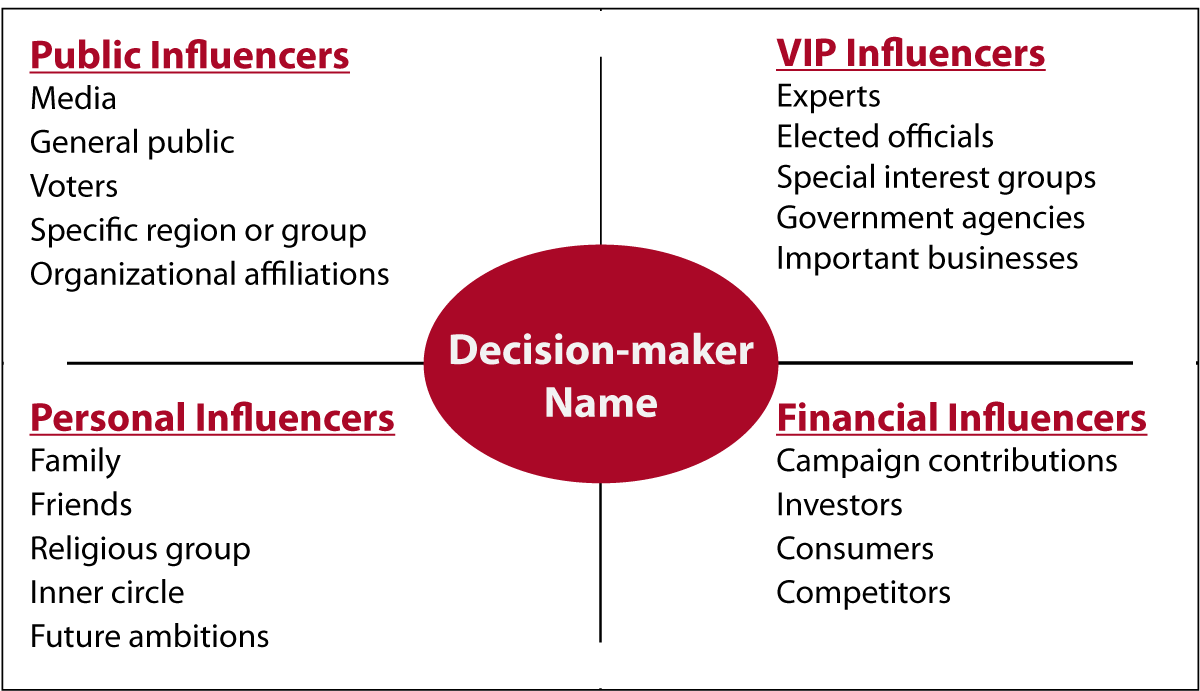Map Targets
Once you have identified the key priority areas for action, you need to establish who has the power to make the changes you want to see (targets) and who they will listen to (influencers).
Government targets will not only be in the ministries of health and finance or the treasury but also range across other sectors such as social welfare, youth or education. Within these ministries, look for departments focused on finance and planning. Some governments have set up technical working groups on UHC that bring together all the relevant departments.
Similarly, it is essential to not only focus on parliamentary committees for health and social welfare but also get to know those on budget committees.
What to watch: While your targets will usually be those within government, it is important to remember that you may also need to convince other influential stakeholders in civil society who may be unaware of the importance of UHC as a political goal. They may prefer approaches that prioritize specific diseases rather than strengthen broader health systems, or they may not value a community-led approach.
When you have identified a decision-maker to target, use Tool 3: Power Mapping Template to determine how best to influence them.
Tool 3: Power Mapping Template

- Who has the power to decide?
- Who are the less powerful players that influence decision-makers? Write their names down in the appropriate category.
- Who of these have the most influence? Circle them.
- Who do we have access to? Star them.
- Look over the list. Who do we know that has access to and can influence those identified or the decision-maker directly?
National-level example: The Introduction of UHC legislation in Thailand
Historically, Article 170 of the 1997 Constitution of Thailand allows 50,000 eligible voters to submit a draft bill for consideration by the National Legislative Assembly. In 2002, the citizen-led draft Universal Health Coverage bill was the first action to test this constitutional right. Through the efforts of civic groups, over 50,000 signatures were collected and the bill submitted.
The Government received proposals for six competing draft UHC scheme bills: one by the cabinet, four by political parties, and one by citizen groups. After the first reading, which accepted the draft bill in principle, members of civic groups were appointed to the parliamentary committee to consider the second reading (article by article) and the third reading, which endorsed the final text.
The key items of each draft bill were negotiated and eventually finalized as the National Health Security Act 2002—leading to the introduction of UHC reforms that year. Key provisions that citizens proposed in the draft bill, particularly concerning accountability and voice, were included in the final text endorsed by the House of Representatives and the Senate.
Source: WHO

